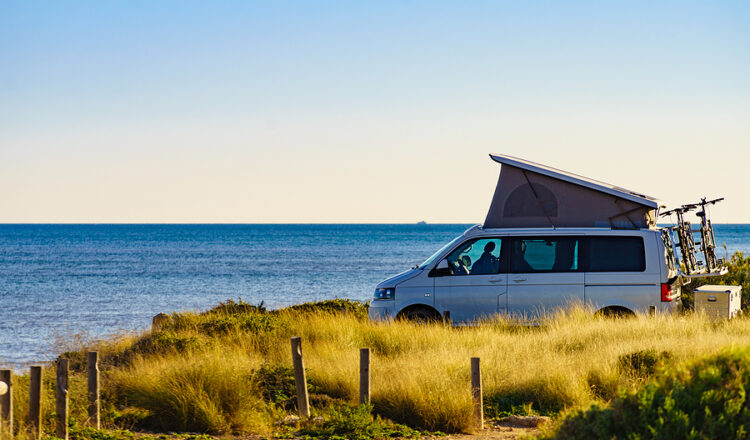Overlanding is a thrilling and immersive way to explore the world, where the journey becomes as important as the destination. It involves self-reliant travel in a vehicle, typically an off-road capable one, allowing you to venture into remote and off-the-beaten-path locations. If you’re ready to embark on the ultimate adventure, here’s a beginner’s guide to get you started on your overlanding journey.
- Choosing the Right Vehicle: The first step in overlanding is selecting a vehicle that suits your needs. Consider factors like off-road capabilities, storage space, fuel efficiency, and reliability. Popular choices include 4×4 trucks, SUVs, or purpose-built adventure vehicles like roof-top tent setups.
- Essential Gear and Equipment: Equipping your vehicle with the right gear is crucial for a successful overlanding trip. Invest in quality camping equipment, such as a roof-top tent or ground tent, cooking supplies, a portable fridge, recovery gear, navigation tools, and a comprehensive first aid kit.
- Route Planning and Research: Before hitting the road, plan your route and conduct thorough research on the areas you intend to explore. Identify points of interest, fuel stations, campsites, and local regulations. Take into account weather conditions and the availability of essential services along your chosen route.
- Safety and Preparedness: Overlanding often involves venturing into remote areas, so it’s essential to prioritize safety and preparedness. Familiarize yourself with basic vehicle maintenance, learn how to handle common repairs, and carry spare parts. Always inform someone about your itinerary and keep emergency communication devices like satellite phones or Personal Locator Beacons (PLBs) on hand.
- Camping and Leave No Trace Principles: Overlanding is an opportunity to connect with nature, and responsible camping is essential. Follow Leave No Trace principles, respect wildlife, and camp in designated areas whenever possible. Minimize your impact by leaving the environment as you found it.
- Navigation and Orientation: Develop your navigation skills using a combination of maps, GPS devices, and compasses. Learn how to read topographic maps and use landmarks for orientation. Enhance your navigation abilities with GPS apps like Gaia GPS or offline maps.
- Building Skills: Overlanding requires a diverse set of skills. Learn basic off-road driving techniques, like tire pressure adjustments and recovery methods. Attend overlanding workshops or take courses on vehicle maintenance, wilderness first aid, and self-reliance skills.
- Joining the Overlanding Community: Connect with fellow Overlanders to gain insights, share experiences, and seek advice. Attend overlanding events like the Overland Expo or join online forums and social media groups dedicated to the overlanding community.
- Start with Short Trips: Begin your overlanding journey with shorter trips to familiarize yourself with your vehicle, equipment, and camping routine. Gradually increase the duration and complexity of your adventures as you gain experience and confidence.
- Embrace the Adventure: Overlanding is about embracing the unknown, immersing yourself in different cultures, and experiencing the beauty of nature. Embrace the adventure, cherish the memories, and be open to unexpected encounters along the way.
Overlanding offers a unique way to explore the world, allowing you to venture off the beaten path and create unforgettable experiences. With careful planning, the right gear, and a thirst for adventure, you can embark on an incredible journey that will push your limits, connect you with nature, and introduce you to a vibrant community of like-minded explorers. So, gear up, hit the road, and let the spirit of overlanding guide you to extraordinary destinations.



